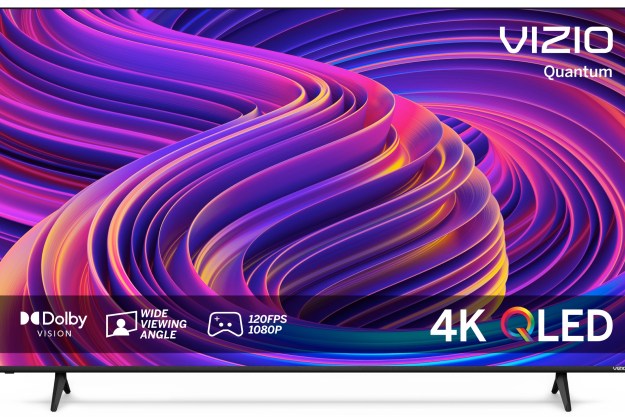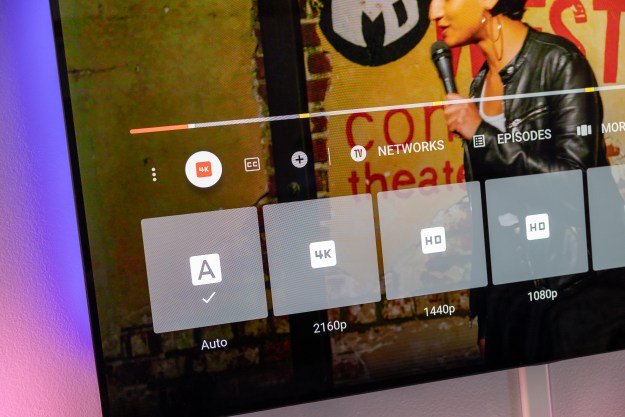At CES 2015, Panasonic has unveiled its new flagship television series, the CX850U 4K TV. Available in 65- and 55-inch sizes, the new series features the the absolute latest LED/LCD TV technology the company has to offer. Highlights of the new TV include a new user interface driven by Mozilla’s Firefox OS, Panasonic’s lauded Studio Master Drive, and a new kind of for impressively bright 10-bit color.
It’s all about the color
Panasonic, like many other major TV manufacturers, is leveraging a retooled LED with special phosphor coating to deliver unparalleled color brightness, and an expanded color gamut that is said to reach 98 percent of the DCI color space. In other words, televisions, such as the CX850U, are finally going to be able to deliver the kind of color seen at commercial movie theaters.
At the core of the CX850U’s picture-processing engine is Panasonic’s Studio Master Drive, which used to enhance rendering for richer blacks, more vivid and accurate colors, among other picture quality enhancements. Panasonic says it is pitting its latest TV against professional-grade studio monitors at its booth this year, and claims the difference is indiscernible.
The CX850U’s Studio Master Drive allows for six coordinate axes of primary and complimentary colors to correct colors in accordance with current brightness settings, adding to the image’s overall depth. With its Local Dimming Pro technology, the television also handles backlighting control, to not only take into consideration your room’s ambient light, but also dim the backlights in dark areas of the image to improve contrast.
Under the panel, the Panasonic CX850 is running the lightweight Linux-based Firefox OS, with a special Panasonic GUI. It brings together the versatility of the web-based OS with a clean, easy-to-use interface, and open Web standards for easy app integration. Firefox OS is also being built alongside a smart voice assistant, Xumo Guide, for content discovery, and 4K TV streaming options for added functionality. All of this is packaged into an elegant, premium design to compliment your living room experience. This comes in response to LG’s WebOS design and Samsung’s recently implemented Tizen OS. Finally, smart TV is getting … well, smarter.
4K UHD Blu-ray makes an appearance
Surprisingly, Panasonic was rather unceremonious about its announcement of a prototype 4K UHD Blu-ray player. Of course, what we saw could well have been little more than a black box with some HDMI connections on the back, but we see the mention as proof positive that Panasonic is very much on the forefront of

4K UHD Blu-ray players are being developed in conjunction with the UHD alliance, comprising manufacturers such as Samsung and Panasonic, as well as movie-industry players such as Technicolor, 20th Century Fox, and Warner Brothers. The alliance is not only responsible for establishing standards with regards to specs like 10-bit color and High Dynamic Range (HDR), but also for pushing content creation forward and managing distribution.
Editors' Recommendations
- What we want to see from the next Apple TV 4K
- Samsung’s new 98-inch DU9000 4K TV is just $4,000. Can it beat TCL and Hisense?
- Hands-on with the Belkin iPhone Mount with MagSafe for Apple TV 4K
- If you don’t see CBS in 4K on YouTube TV, try this
- TCL’s giant 115-inch QM89 is the world’s largest 4K mini-LED TV




